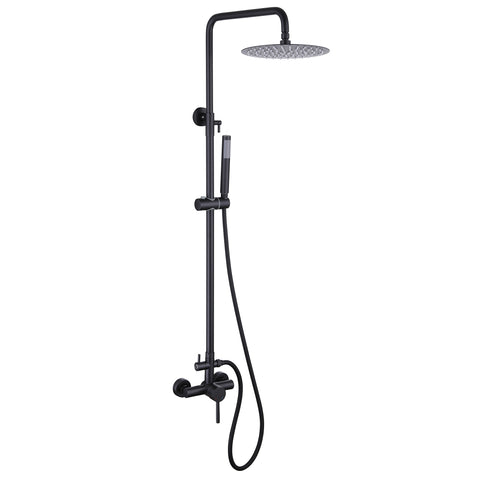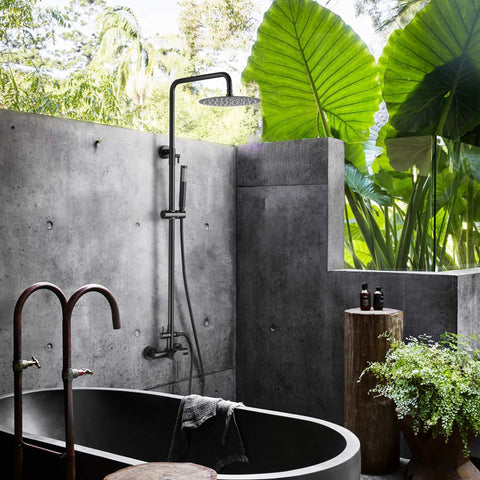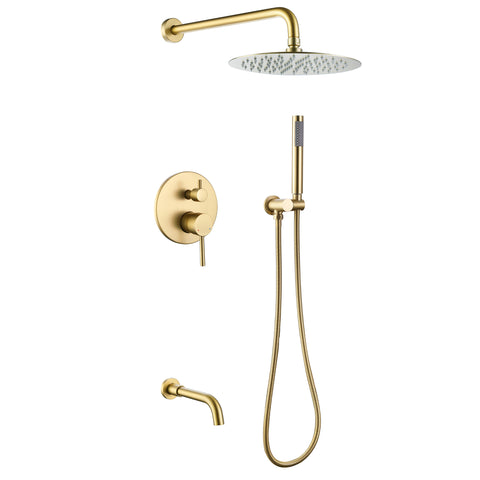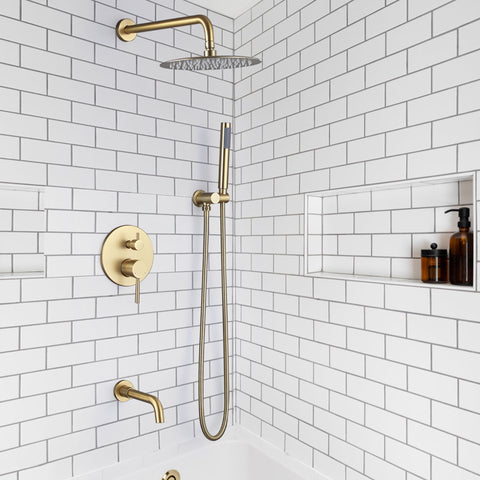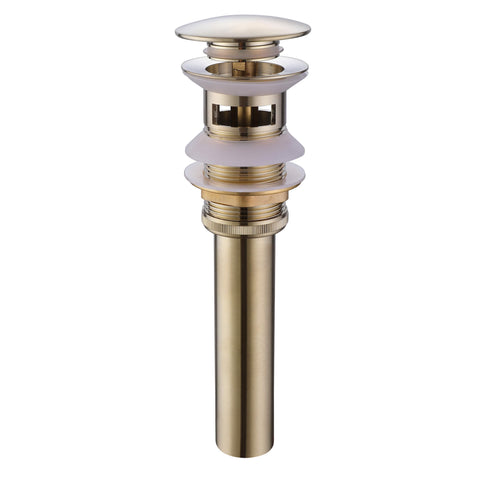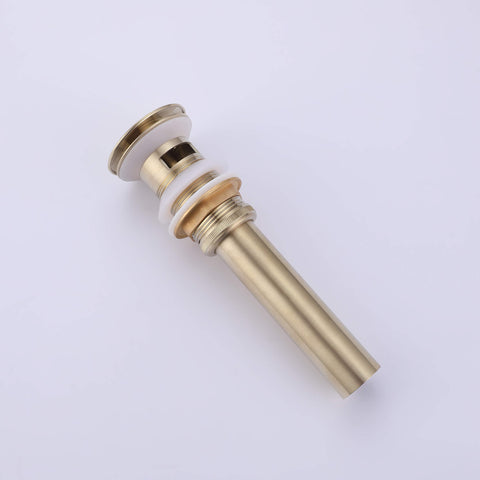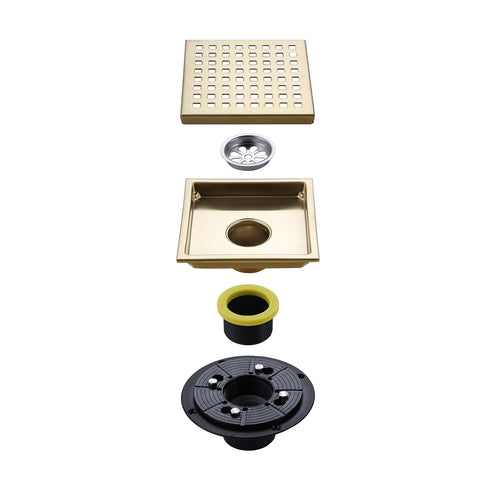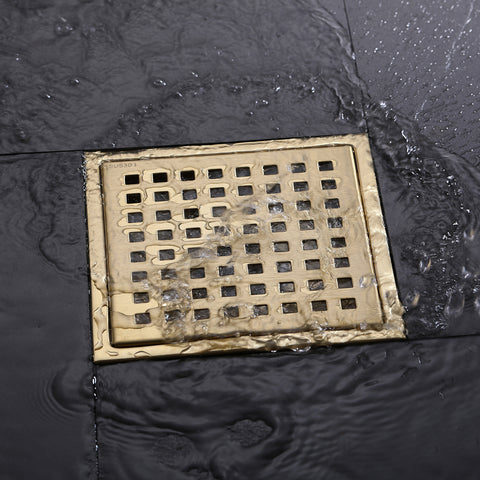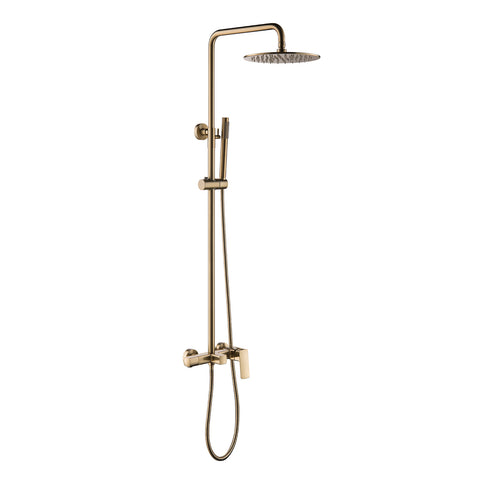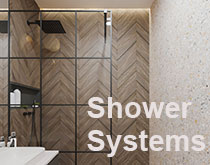How to Fix Low Water Pressure in the Kitchen Faucet?
One of the most common water problems for homeowners is the low water pressure in kitchen faucets , bathroom faucets, showers, and other outlets. To resolve this issue, it’s crucial to determine the root cause. Many problems, especially in the kitchen, are easy to fix without the need for plumbing service. If you're considering a kitchen upgrade, you might also be interested in the best kitchen faucet selections.
The first step is to determine the scope of the low water pressure issue. If it's isolated to the kitchen, then the problem is localized. Water pressure refers to the force with which water moves through the pipe system, and it may vary throughout the day.
If the pressure is low across the entire house, and your neighbors are experiencing the same, it could be a supply timing issue. In that case, installing a pressure booster system may be required. If your neighbors don’t have this problem, the issue lies within your property.
Recent renovations or added water outlets could also cause pressure drops due to increased demand. Consider upgrading the water main size if this is the case.
Many homes use a pressure-reducing valve (PRV) to regulate tap water pressure. Look for a bell-shaped valve near where the waterline enters your home.
To adjust it, turn the screw at the top counterclockwise to increase pressure. Recheck the water flow. If the PRV is faulty, it may need to be replaced or inspected by a plumber.
A leaking water pipe can also reduce pressure. To check for leaks, turn off the main water valve and record your water meter reading. Recheck it after a few hours. If it has increased, there’s likely a leak in the system.
Check the Aerator in the Faucet
The aerator, located at the end of the faucet, mixes air into the water flow and often becomes clogged with mineral deposits. It's one of the most common and easily solvable causes of low water pressure.
- Unscrew the aerator by hand. If it’s tight, use pliers with tape or a cloth to protect the finish.
- If you can’t remove it, soak the faucet tip in vinegar using a plastic bag for a few hours to loosen deposits.
- If removed, place the aerator in a vinegar and warm water solution for several hours. Use limescale remover if necessary.
- Still clogged? Replace the aerator—it’s an inexpensive fix.
- Test the faucet with the aerator removed. If pressure is still low, the issue may be deeper in the plumbing.
- After cleaning, rinse and reattach the aerator, then test the pressure again.
- Consider using a faucet adapter to modernize the fixture.
If Your Faucet Has a Sprayer, Check That Too
If you use a detachable kitchen faucet sprayer, it might be the cause of low pressure. Turn on the water and check the flow with the sprayer hose detached. Mineral build-up is common in sprayers—clean it using a warm vinegar solution.
If the sprayer and aerator are clean but pressure is still low, the faucet lines may be partially blocked. Mineral deposits, especially in hard water regions, build up over time and can restrict flow.
To check the pipes, disconnect the riser pipe and place a bucket beneath. Turn on the valve and observe the flow. This can help determine whether the blockage lies within the faucet line.
